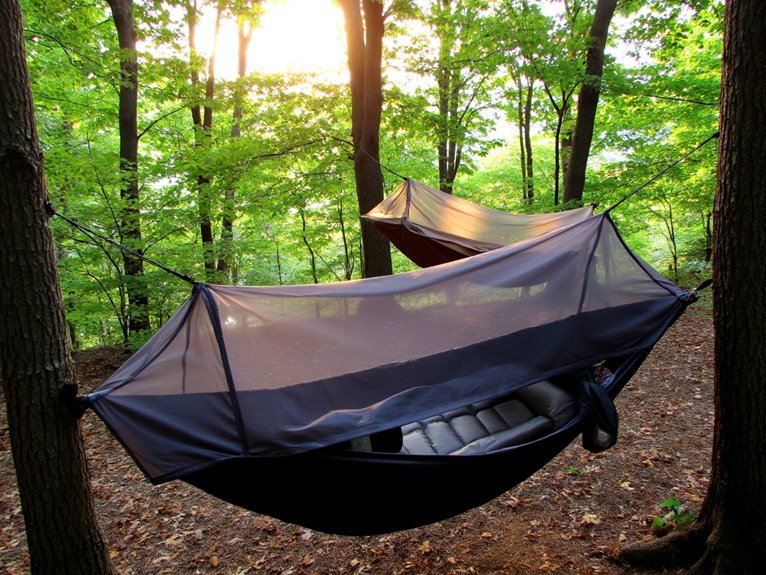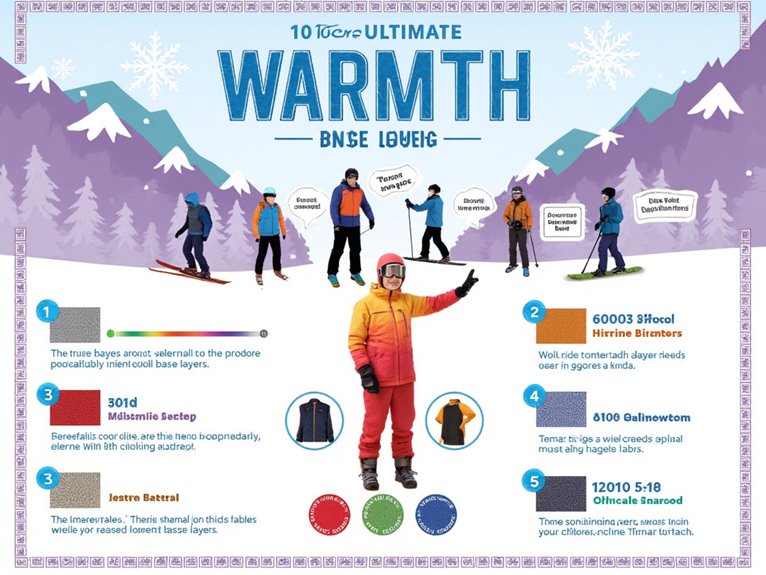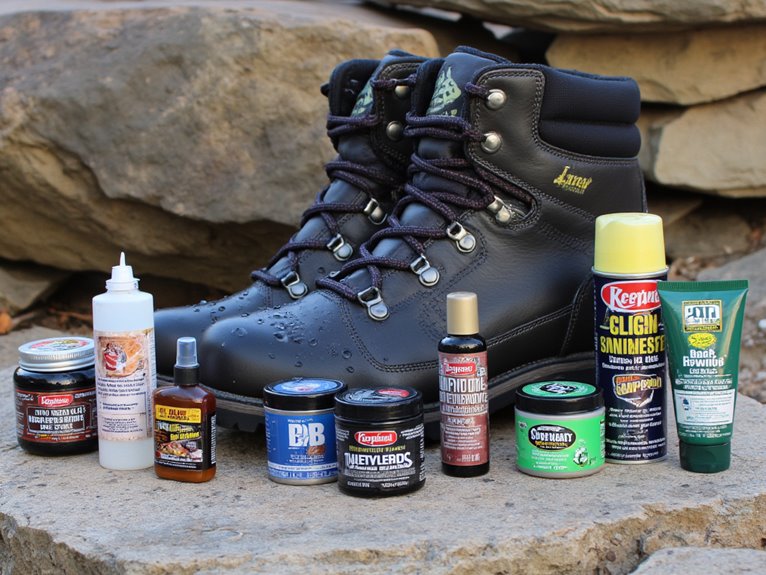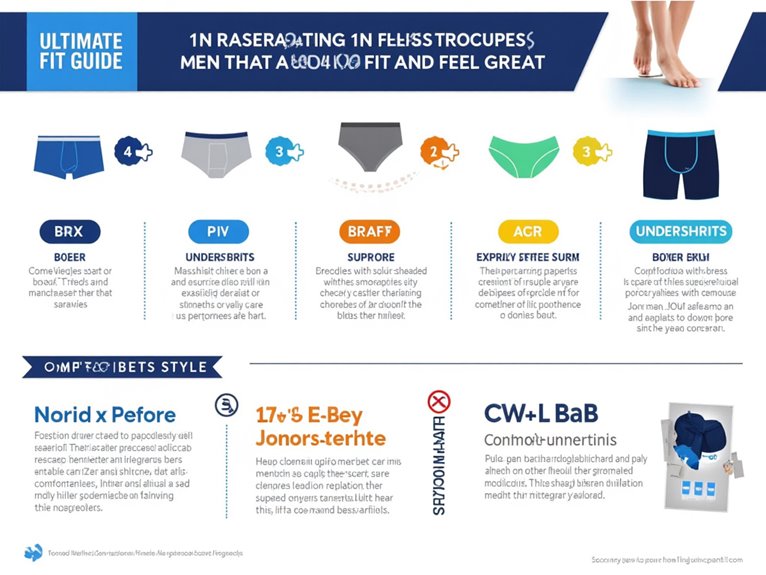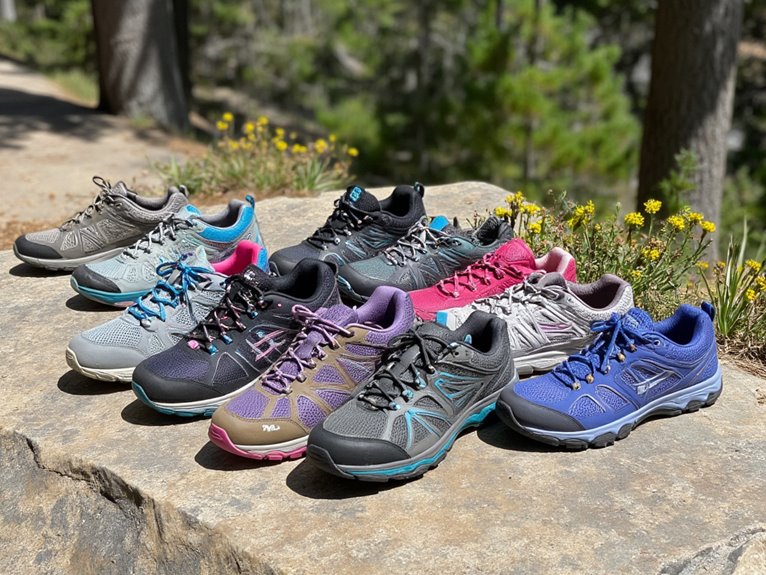Hammock Sleep Systems: Underquilts vs. Pads and Bug Protection
Underquilts provide superior warmth and eliminate cold spots through differential cut baffle construction and full wrap-around coverage, while sleeping pads offer versatility but create thermal gaps. Both weigh 12-24 ounces with underquilts compressing better than inflatable pads. Costs range $120-$250 for quality options. Bug protection requires built-in net hammocks or standalone nets combined with proper campsite selection. Integrated sleep systems like Hammock Gear WanderLust combine all components for ideal performance and all-encompassing protection.
We are supported by our audience. When you purchase through links on our site, we may earn an affiliate commission, at no extra cost for you. Learn more. Last update on 9th December 2025 / Images from Amazon Product Advertising API.
Notable Insights
- Underquilts provide superior insulation and eliminate cold spots compared to sleeping pads, which only cover torso width.
- Both underquilts and sleeping pads weigh similarly (12-24 ounces), but underquilts offer better compression ratios for packing.
- Underquilts cost $120-$250 while premium sleeping pads start at $120+, with existing pads reducing immediate costs.
- Built-in bug net hammocks provide 360° protection, while standalone nets require careful installation to prevent gaps.
- Integrated sleep systems combine hammock, insulation, bug protection, and weather shelter with modular components for varying conditions.
Understanding Underquilt Technology and Design
When you’re selecting an underquilt for your hammock sleep system, understanding the core design principles becomes essential for achieving ideal thermal performance. The differential cut baffle construction sets underquilts apart from traditional sleeping gear. This design guarantees the outer fabric exceeds the inner fabric dimensions, maintaining full insulation loft when pulled snug beneath your hammock.
Underquilt materials typically feature lightweight nylon shells with DWR coatings for moisture resistance. Insulation types range from high-loft down with 750-950 fill power to synthetic Apex Climashield alternatives. Down provides superior warmth-to-weight ratios, while synthetic fills offer water resistance and vegan options.
Suspension systems utilize shock cords with aluminum hardware and tension locks. These components allow precise adjustability, eliminating cold spots by maintaining consistent underquilt positioning throughout the night.
Sleeping Pad Performance in Hammock Applications

Sleeping pads offer an alternative insulation approach that fundamentally differs from underquilts in both design philosophy and thermal efficiency.
You’ll find that pad insulation relies on trapped air chambers beneath your body rather than suspended insulation around your entire sleep system. This creates direct contact between you and the insulation barrier.
Most pads feature temperature ratings from 15°F to 32°F, though they’re less effective than underquilts in extreme cold.
You’ll benefit from their versatility since they work equally well on ground or in hammocks. Durability features include reinforced fabrics and puncture-resistant materials that withstand outdoor conditions.
However, you’ll face limitations with air leak potential and reduced thermal efficiency compared to underquilts.
Inflatable models offer convenience but require careful handling to maintain performance integrity.
Sleeping pads typically feature R-values ranging from 1-8, with higher ratings providing superior thermal efficiency essential for hammock camping in temperatures below 40°F.
Warmth and Insulation Comparison
When you’re choosing between underquilts and sleeping pads, heat retention performance becomes the deciding factor for cold-weather hammock camping.
Underquilts create a continuous thermal barrier beneath your entire body by trapping warm air in their loft, while sleeping pads only insulate the narrow 20-25 inch width directly under your torso.
This fundamental difference means you’ll experience fewer cold spots with an underquilt system, as it wraps around the hammock’s curve and eliminates the thermal bridges that occur when your body compresses insulation against the hammock fabric.
Heat Retention Performance
Although both underquilts and sleeping pads aim to prevent heat loss from below your body, their insulation effectiveness differs dramatically in real-world hammock conditions. Underquilts trap body heat around the entire underside of your hammock, creating consistent thermal comfort through wrap-around coverage. Pads rely on direct contact but create gaps when your body curves within the hammock, allowing cold air infiltration.
| Feature | Underquilts | Sleeping Pads |
|---|---|---|
| Coverage Width | 40″+ full wrap | 20-25″ limited |
| Heat Loss Prevention | Eliminates cold spots | Prone to gaps/drafts |
| Position Stability | Fixed suspension | Shifts during sleep |
Down underquilts provide superior insulation-to-weight ratios compared to foam pads. Your sleeping position won’t compromise an underquilt’s effectiveness, while pad movement creates thermal bridges that reduce warmth retention considerably.
Cold Spot Prevention
Cold spots represent the primary failure point in hammock insulation systems, where inadequate coverage allows body heat to escape and cold air to penetrate your sleep zone.
Underquilts excel at preventing these thermal gaps through full wrapping coverage that eliminates cold regions beneath your back and sides. The suspended design maintains loft without compression, preserving maximum hammock warmth across your entire sleep surface.
Sleeping pads create vulnerability points at pressure areas where compression reduces insulation effectiveness. Pad movement during sleep exposes sections to cold air infiltration.
Different insulation types perform distinctly—down underquilts provide superior warmth-to-weight ratios but lose effectiveness when wet, while synthetic options maintain performance in damp conditions.
Foam pads offer consistent thermal protection but can’t match the extensive coverage that properly fitted underquilts deliver throughout the night.
Weight, Packability, and Setup Considerations
When choosing between underquilts and sleeping pads for your hammock setup, you’ll need to evaluate three critical factors that directly impact your outdoor experience.
Weight differences between these systems are minimal, but packability varies greatly based on materials and design choices.
Setup complexity becomes a key consideration, especially when you’re dealing with changing weather conditions or unfamiliar terrain in low-light situations.
Sleeping pads are compatible with both hammocks and ground camping, though hammock-specific pads may offer better performance for your suspended sleep system.
Weight Comparison Analysis
Every ounce counts in your backpack, yet underquilts and large sleeping pads often tip the scales at nearly identical weights. The key difference lies in weight distribution and how efficiently each system uses its mass.
Underquilts maximize material efficiency by eliminating unnecessary bulk while maintaining essential insulation properties. A quality underquilt weighs 12-24 ounces depending on temperature rating and fill type.
Lightweight underquilts achieve superior warmth-to-weight ratios through strategic design. Down-filled models pack smaller than synthetic alternatives but cost more. Material choices directly impact overall weight—ripstop nylon shells reduce bulk compared to heavier fabrics.
Unlike sleeping pads that concentrate weight in a single item, underquilts distribute their mass across the entire hammock bottom, creating consistent thermal protection without pressure points or compression zones.
Packability and Storage
Beyond weight considerations, how your sleep system packs determines whether you’ll have room for other gear in your backpack. Underquilts offer considerable packability benefits through their compressible insulation materials. Down-filled underquilts compress to roughly 30% of their loft size, while synthetic versions achieve 40-50% compression ratios.
| Feature | Underquilts | Sleeping Pads |
|---|---|---|
| Compression Ratio | 70-80% size reduction | 60-70% size reduction |
| Storage Volume | 400-800 cubic inches | 300-600 cubic inches |
| Setup Storage | Stuff sack included | Stuff sack/protective case |
Storage efficiency improves with proper compression techniques. Underquilts typically include compression stuff sacks that reduce bulk considerably. Inflatable pads pack smaller but require inflation time. Both systems benefit from protective storage cases during transit, though underquilts’ flexible materials adapt better to odd-shaped pack spaces.
Setup Time Differences
Setting up your sleep system efficiently can make the difference between enjoying a peaceful evening and fumbling with gear in fading daylight.
Underquilts require attachment to your hammock’s suspension system through clips or carabiners. This process typically takes 3-5 minutes once you’ve mastered the technique. You’ll need to adjust the quilt’s positioning for ideal coverage and warmth distribution.
Sleeping pads offer faster initial placement but demand careful positioning to avoid cold spots. You’ll often find yourself squirming to center the pad correctly within your hammock.
Setup effectiveness varies greatly based on user preferences and experience level. Underquilts provide superior comfort once positioned but require a steeper learning curve.
Sleeping pads excel in versatility, shifting seamlessly between hammock and ground use without additional attachment hardware.
Cost Analysis and Value Assessment
Budget considerations greatly impact your choice between underquilts and sleeping pads for hammock camping.
Price variability reflects significant differences in design complexity and materials. Underquilts typically cost $120-$250, with synthetic models like the Arrowhead Jarbidge River at $119 and premium Greylock quilts reaching $250.
Sleeping pads offer broader price ranges—basic foam pads cost under $50, while premium inflatables match underquilt pricing at $120+.
Consumer preferences often favor existing gear investment. You’ll likely already own sleeping pads, reducing immediate costs for hammock use.
Underquilts require dedicated purchases for hammock-specific applications. Down insulation provides better weight-to-warmth ratios but costs more than synthetic alternatives.
Additional protective accessories like underquilt shells add $60 to total system cost, affecting your overall value assessment.
Quality budget sleeping bags under $200 demonstrate that synthetic insulation can provide effective warmth while maintaining affordability for outdoor sleep systems.
Essential Bug Protection Strategies
How effectively can you protect yourself from insects while hammock camping?
Built-in bug net hammocks provide seamless 360° protection with fine mesh that maintains airflow while eliminating setup complexity. You’ll reduce entry points and save precious setup time.
Standalone mosquito nets offer versatility across different hammock models but require careful installation to prevent gaps.
Chemical repellents enhance your insect control strategy. Apply DEET-based products to exposed skin, focusing on ankles and wrists. Treat gear with permethrin for long-lasting surface protection. Natural alternatives like citronella provide gentler options.
Environmental strategies matter greatly. Choose campsites away from standing water and dense vegetation. Maintain proper camping hygiene by keeping your hammock clean and dry.
Wear long sleeves and pants for additional coverage, especially during peak insect activity periods.
Complete Integrated Sleep System Solutions
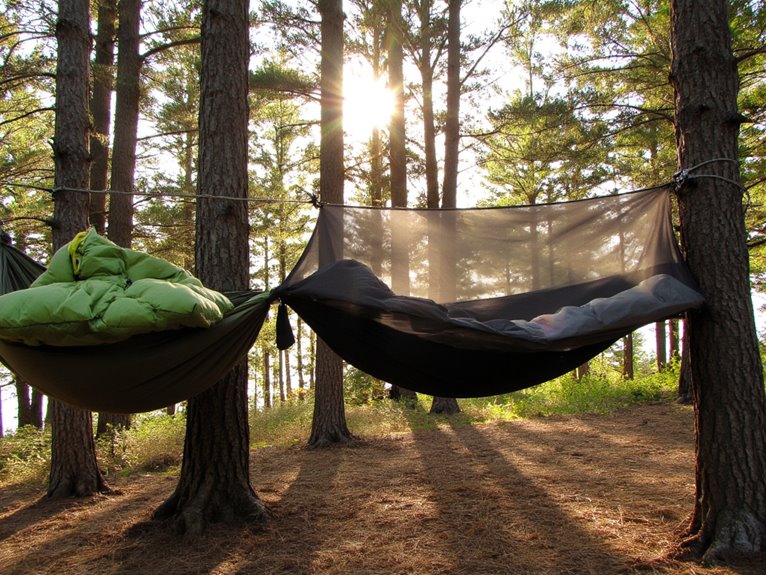
Beyond individual components lies a more sophisticated approach: complete integrated sleep systems that combine hammock, insulation, bug protection, and weather shelter into unified packages.
These custom sleep solutions eliminate compatibility concerns between separate components. You’ll find systems like the Hammock Gear WanderLust, which includes hammock, bug net, suspension hardware, ridgeline, and tree straps in one kit.
Advanced integrated components offer modularity for different conditions.
The Kammok Ursa Sleep System features self-inflating base pads with memory foam toppers, while systems like the Grand Trunk Evolution 20 integrate baffled down underquilts directly into the hammock design.
Many systems allow component swapping—you can switch between sleeping pads and underquilts depending on weather.
Some offer zipper integration for connecting multiple beds or expanding to queen size for couples camping.

